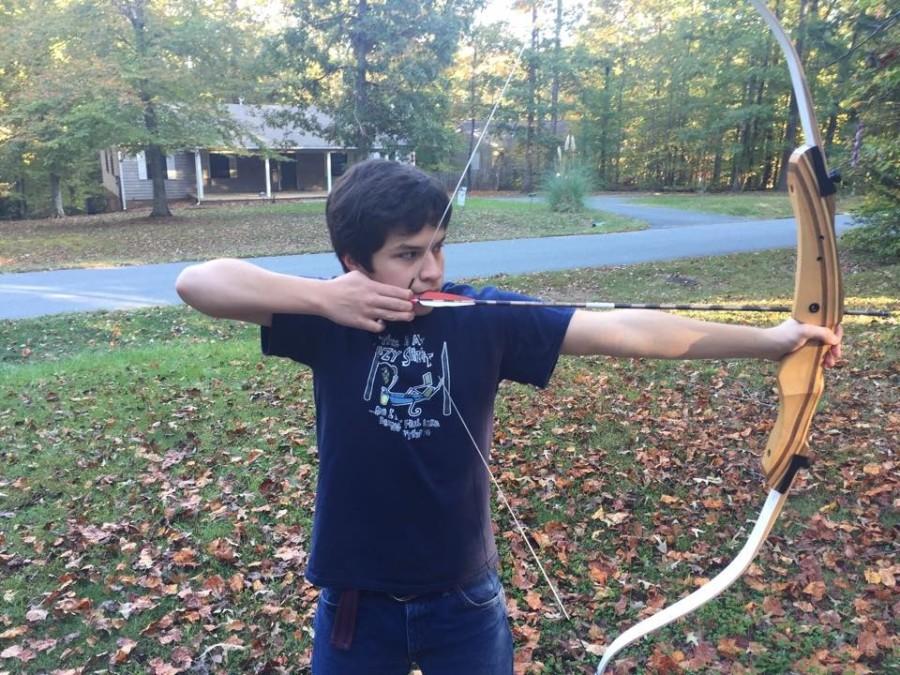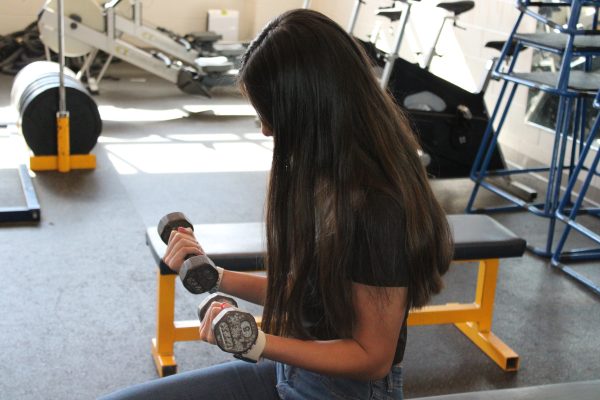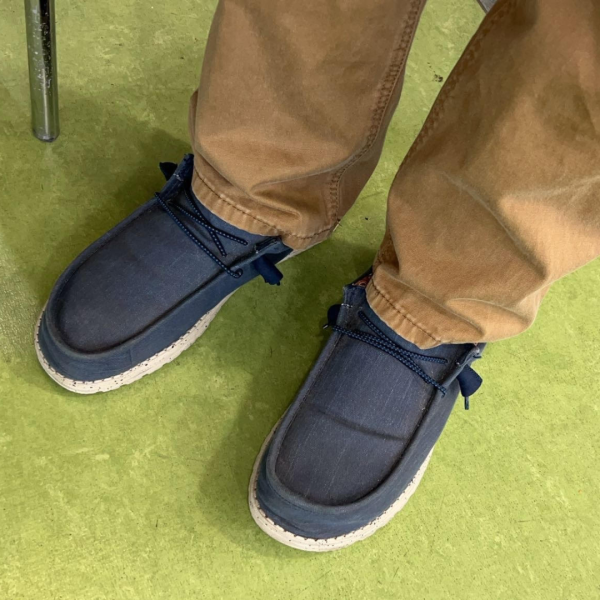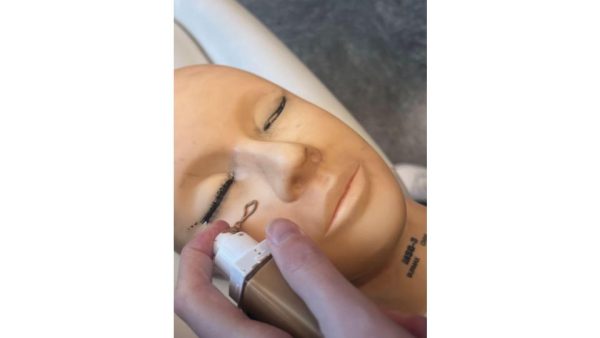5 Simple Things to Know About Archery
What’s not to like about sending something flying through the air at over a hundred miles per hour? With a bow and arrow, you can do that. The best part is, all you have to do is pull on a string and let it go, right? Wrong. There’s actually a lot more that goes on with archery than one might think. For all those who have either just started, or are thinking about starting the sport of archery, here is what you need to know.
1. Stance
Stance is the way you stand, and it is key. Without proper stance, you won’t be able to sight in properly, or even get the fullest extent of power you can. To get a proper stance, your shoulders should be perpendicular to your target and your feet should be shoulder-width apart. After that, make sure your feet are parallel to your target, or at least close to parallel. Once this had been done, turn your head so that only your head not your body is facing the target. After that, you will need to put an arrow on the string, which is called “nocking.”
2. Nocking
Nocking is when the arrow is put onto the bowstring. To do this, you should grip the arrow just under the feathers at the back of the arrow, near the nock, a small groove at the back of the arrow that usually locks onto the bowstring. Usually, there is one feather, or “fletch” that is a different colour than the others. This is called the cock feather or the index vane. This fletch should be between you and the arrow rest, if you’re shooting any bow that isn’t a compound. For compound bow users, the cock feather will have a different orientation depending on the kind of arrow rest you’re using. After nocking, you’ll have to bring the arrow back, in a process called drawing.
3. Drawing
As with everything else, a proper draw is crucial. When placing your fingers on the bowstring, you should put the string in the first joint of your fingers. If you hook onto your string too deeply, you’ll put some sideways motion into the string and therefore the arrow, throwing off your accuracy. If you hook too shallow, you’ll strain your finger and forearm muscles. You should use a three-finger grip, because if you use two, you could strain your fingers. If you use four fingers, it could throw off your accuracy. Using your back muscles will also help a lot. “Make it feel like you’re bringing your shoulder blades together,” as it notes in The Ranger’s Apprentice, a fiction book featuring archers. You should also make sure you anchor correctly.
4. Anchoring
An anchor point is wherever you place your hand or fingers at full draw before releasing. Anchoring is a relatively simple process. “Always keep it at your lip when you draw back,” said Jacob Critzer, a local bowhunter. Even the shape of your hand when anchoring is important. “Make sure your hand is not flat,” said Olivia Heide, a local archer. Then comes the release, one of the most dangerous parts of shooting, because without proper form, you could get hurt.
5. Release
When you release, it should be smooth, with no sign of jerkiness. During the release, you’ll be letting go of the string, propelling the arrow to speed of up to 150 to 200 miles per hour. When you release, you should make sure you have your bow arm out of the way, or else your arm will get slapped by the string, which can be extremely painful. “Make sure you don’t freak out,” said Justin Moore, another local archer. For beginners, it is a good idea to get an arm guard, which is a piece of plastic or leather that goes over the arm to protect it from the bowstring. A shooting glove may also be a good investment. If a shooting glove is not used, blistering could happen to the fingers.
Overall, archery is a fun and engaging sport. It does have its dangers, however. These dangers can be put to a minimum with proper form. Archery is also a very customized sport. To get the best shooting, you should use parts for your bow and different arrows that fit your liking, within certain parameters, like arrow weight, and the draw weight of both the bow and arrow. Finally, just make sure you don’t take an arrow to the knee.

































